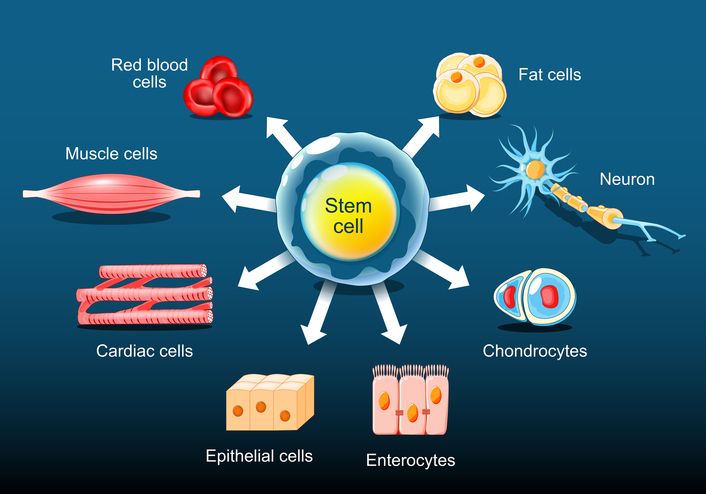

Book Now to Experience
F8 Hair Regrowth Treatment
1 Minute Self-Registration
Date should not be before minimal date
Author: Leila Tan|Updated: 23 July 2024
Knowing every necessary information about hair loss can help in taking care of your hair properly.

1
What Is Hair Loss?
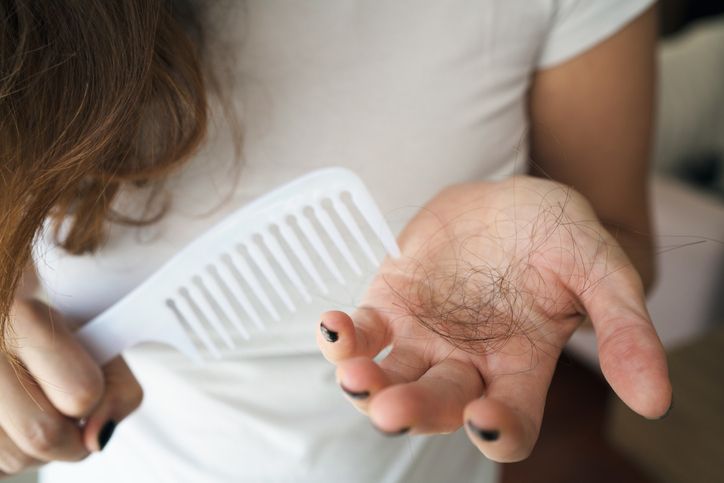
Human skin has hair growing on it all except for some areas like the soles of our feet, our eyelids, and our belly buttons. However, many of these hairs are so thin that they are essentially undetectable. The protein keratin, which is formed in hair follicles in the skin's outer layer, forms up hair. Old cells are pushed out through the skin's surface at a rate of roughly six inches per year while follicles manufacture new hair cells.
The visible hair is actually a mass of keratin cells that have already died. Finding a few stray hairs on your hairbrush is not necessarily reason for concern because the average adult scalp has between 100,000 and 150,000 hairs and loses up to 100 of them daily. Approximately 90% of the hair on a person's scalp is growing at any given time. Age, illness, and a wide range of other circumstances can all affect the individual life cycle of each follicle.


2
Hair Growth Cycle
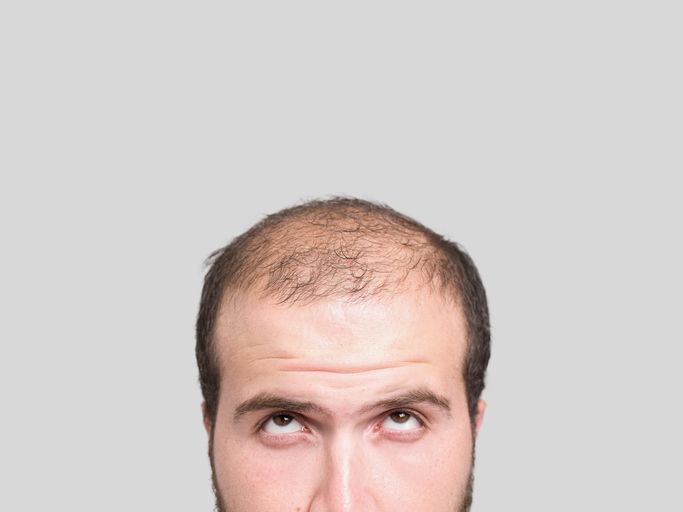
There are 3 cycles in hair growth process, which are:
Anagen
The time of growing is known as the anagen phase. During this phase, the hair bulb's cells rapidly divide to produce new hair growth. Before hair follicles go dormant, hair actively grows from the roots for an average of 2 to 7 years. Hair can grow anywhere between 18 and 30 inches throughout this period. Your maximal hair length, which varies from person to person depending on genetics, age, health, and many other factors, will determine how long this period lasts.
Catagen
Catagen is the second stage of your hair development cycle. This time frame is brief, only lasting two to three weeks on average. In this stage of development, hair stops growing and separates from the blood supply, at which point it is known as club hair.
Telogen
The third and last stage of hair growth, known as the Telogen phase, begins. Club hairs rest in the root during the initial stages of this phase as new hair starts to grow beneath it. About three months pass during this time.
After this period, the dormant club hairs will fall out to make room for the follicle of the new hair to grow through. This is a normal process that shouldn't be observed at all and is nothing to be concerned about. Due to the uniqueness of each follicle and the fact that they go through the growth cycle at different periods, you don't experience large patchy hair loss at once and only lose 50–100 hairs daily.
The other 80–90% of your hair will be growing long and thick in the anagen phase in the meantime.
Read More

3
Causes of Hair Loss

Male and female pattern baldness are two examples of hair loss that is permanent. Female pattern hair loss can cause hair to thin dramatically, but only rarely does it lead to baldness while many men with male pattern hair loss eventually result in complete baldness. This kind of hair loss frequently refers to hereditary hair loss.
Some other types of hair loss could be transient. They may be brought on by:
Hormones
Hormones such as excessive androgen levels (which is male hormones normally produced by both men and women). Androgens may weaken hair follicles in women with female-pattern baldness, which affect hair loss. During the period of menopause or when using birth control pills the androgen sensitivity may get worse.
Contrarily, an increase in the androgen dihydrotestosterone (DHT) is associated with male pattern baldness. Dihydrotestosterone may shorten a hair's total life span in addition to binding to hair follicles and inhibiting hair growth.
This is also known as androgenetic alopecia.
Stress
An extreme amount of stress, such as getting sick or having surgery that strains the body and mind, can cause hair loss. This often causes temporary hair loss. Significant emotional stress can interfere with the regular cycle of hair growth when you're dealing with a life-altering event, such as a divorce or breakup, bankruptcy or other financial difficulties, the loss of a house, or the death of a loved one.
This kind of hair loss is typically only temporary, and after stress is managed, regular hair growth is normally resumed. Following a stressful event, hair loss often begins between three to six months. To treat hair loss it is best to refer to a doctor to find the right treatment options.
Autoimmune Diseases
This may cause alopecia areata. The immune system becomes overactive in alopecia areata for unknown causes, which affects the hair follicles. The majority of alopecia areata patients have their hair regrow, however it may initially be very fine and possibly lighter in color before returning to its original color and thickness.
Lupus and Hashimoto's thyroiditis are two more autoimmune conditions that can cause hair loss. Sometimes, this kind of hair loss may not be reversible, it may even be permanent and cause overall hair thinning. However, some drugs and hair restoration procedures could help make up for any hair loss.
You run the chance of contracting other autoimmune diseases if you already have one. Because of this, it's crucial that your doctor closely monitors you and looks out for any new symptoms or other changes.
Medical Conditions
Hair loss can be brought on by thyroid diseases, lupus, diabetes, iron deficiency anemia, eating disorders, and anemia. For the thyroid hormones, it helps regulate nearly every function in the body, including hair growth. The right treatment to control either of these thyroid conditions will get hormones under control, stop hair loss, and allow your hair to start growing back.
Unless there is scarring, as in some cases of lupus, lichen planus, or follicular diseases, the hair will typically grow back once the underlying condition is cured.


4
Types of Hair Loss
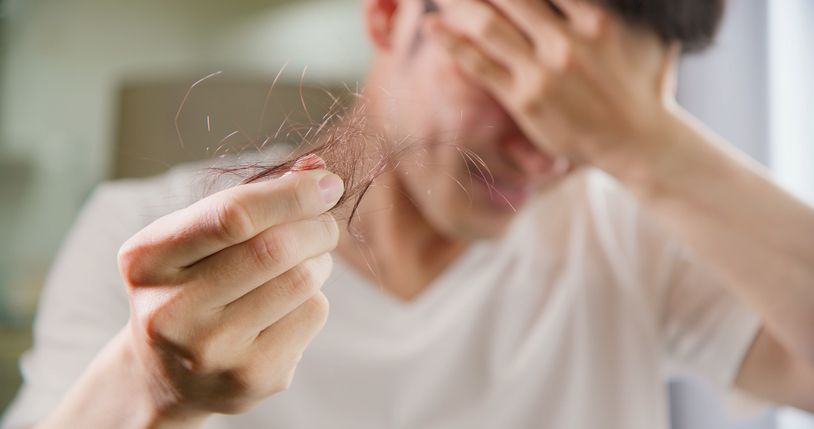
Now let's see the many type of hair loss and it's causes:
Involutional alopecia
Age-related hair thinning is a natural condition known as involutional alopecia. The surviving hairs get shorter and fewer in number as more hair follicles enter the resting period.
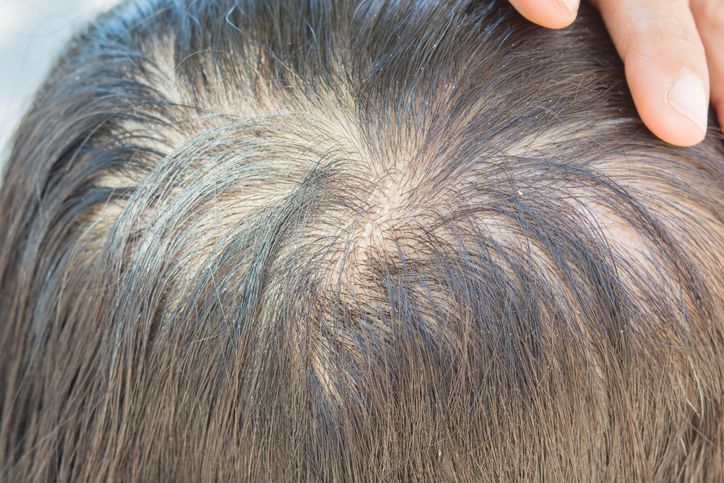
Androgenic alopecia
A hereditary disorder called androgenic alopecia can affect both sexes. This disorder is also referred to as male-pattern baldness in men. A distinct pattern of hair loss starts above both temples. This leads them to experience a receding hairline until it takes on the recognisable "M" shape. Towards the peak of the head, the hair at the crown also becomes thinner, frequently leading to partial or total baldness.
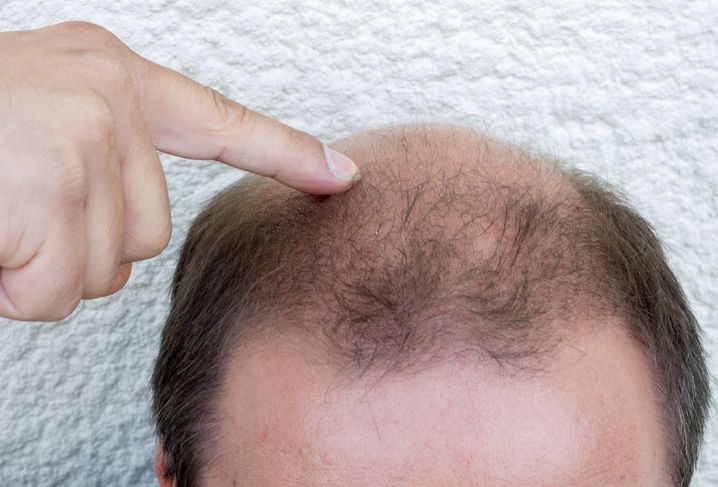
Female pattern baldness is a disorder in which women don't detect any thinning until their 40s or later. Women's scalps generally thin out, with the crown showing the most noticeable hair loss.
Alopecia areata
This sudden hair loss often starts suddenly and mostly children and young adults experience this develop patchy hair loss. This disease could lead to total baldness (alopecia totalis). However, in 90% of those who have the disorder, the hair grows back after a few years.

Alopecia universalis
All body hair, including the eyebrows, eyelashes, and pubic hair, sheds due to alopecia universalis.
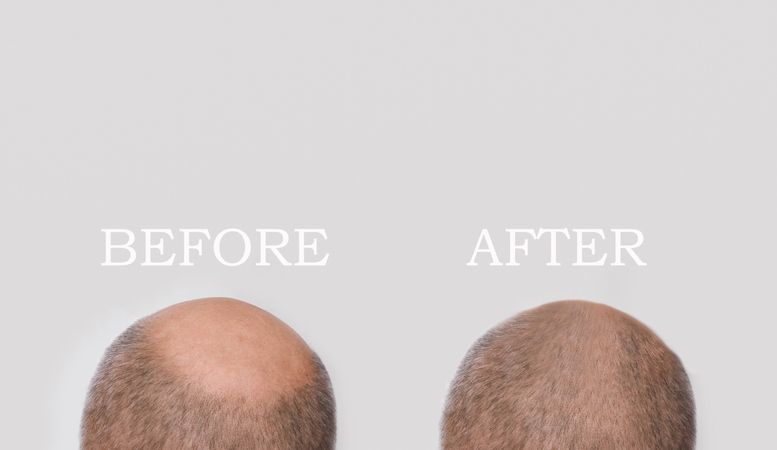
Telogen effluvium
Telogen effluvium is a transient balding of the scalp caused by modifications in the hair's development cycle. When several hairs enter the resting phase at once, the result is hair loss and progressive thinning.
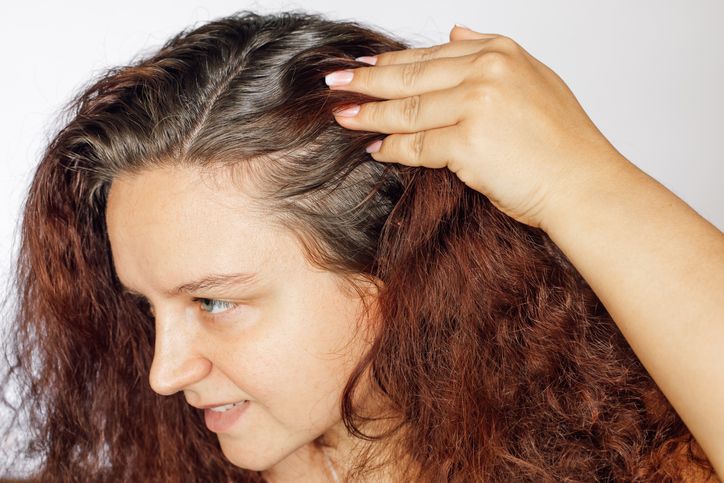
Scarring alopecias
Permanent hair loss results from alopecias with scarring. Cellulitis, folliculitis, acne, as well as other inflammatory skin problems and other skin diseases like various types of lupus and lichen planus, frequently leave scars that impair hair regrowth. Permanent hair loss can also be caused by hot combs and hair that is tugged and woven too tightly.
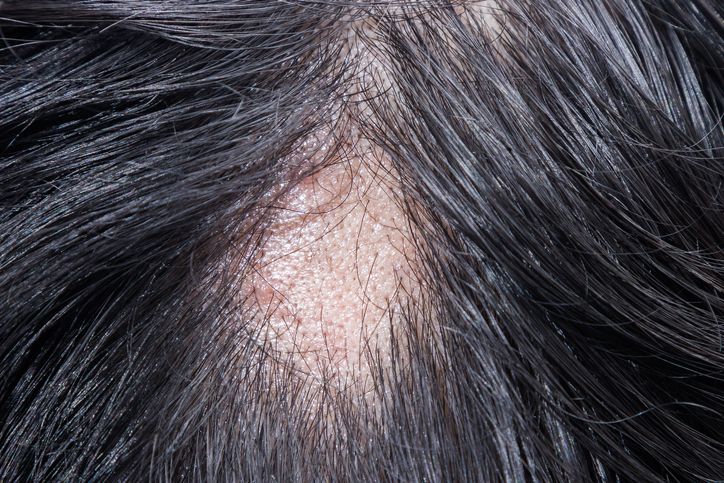

Book Now to Experience
F8 Hair Regrowth Treatment
1 Minute Self-Registration
Date should not be before minimal date

5
Treatment for Hair Loss
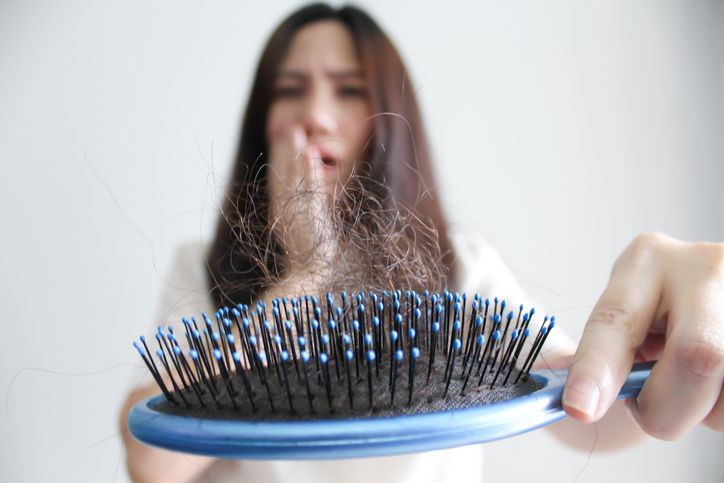
If your hair loss is upsetting you, there are things you may do. However, the majority of therapies are not covered by the NHS, therefore you will need to pay for them.
F8 Hair Regrowth Treatment
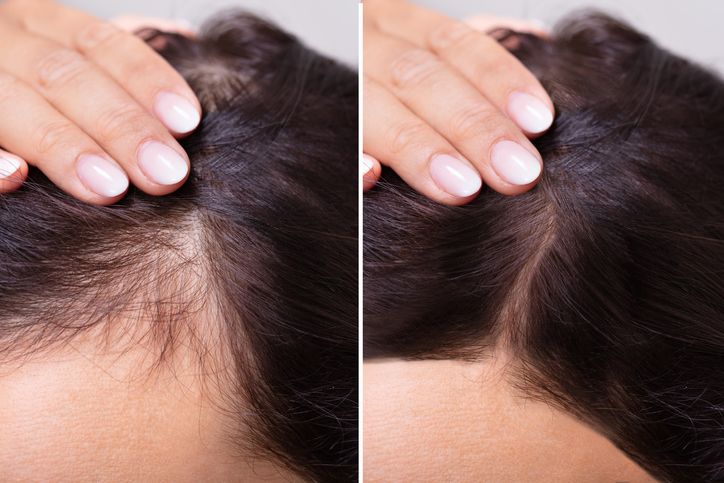
F8 is a non-invasive procedure that supports scalp health and hair development. A hair development serum with low laser energy sweeps across the scalp to activate dormant hair follicles and fortify the hair papilla. The healing of the capillaries and promotion of their microcirculation by the energy and serum also aids in supplying nutrients that invigorate the hair follicles. You will notice less hair loss, stronger hair strands, and enhanced hair growth following the therapy.
Finasteride and minoxidil
The two major medications used to treat male pattern baldness are finasteride and minoxidil. Also treatable is female pattern baldness with minoxidil. Finasteride shouldn't be used by women. These remedies can be pricey and only works for as long as they are needed but this may help in reducing further hair loss.

Microneedling
A microneedling tool has a large number of microscopic needles. Several studies have suggested that it may aid in promoting hair growth. Men with mild to moderate genetic hair loss between the ages of 20 and 35 were treated in one study with either:
* 5% minoxidil twice a day * 5% minoxidil twice a day plus weekly microneedling
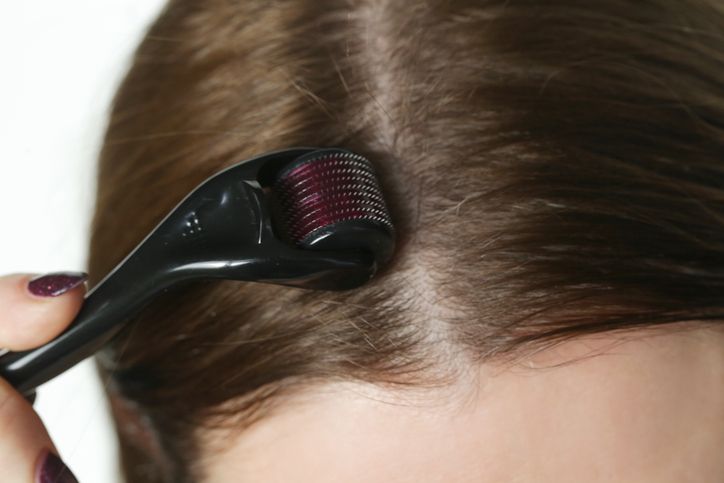
The patients who received microneedling and minoxidil had noticeably more hair growth after 12 weeks of treatment. According to other studies, combining microneedling with another therapy—such as applying platelet-rich plasma or a corticosteroid to the area where hair is thinning—helps promote hair growth.
It's best to see your dermatologist before purchasing a microneedling device, even though you can do so without a prescription. Some conditions may get worse after microneedling. Purchasing the appropriate microneedling tool is also crucial.
Hair transplant surgery
This surgery requires moving tiny skin plugs with a few hairs, which are used in hair transplant surgery, to bald areas of your scalp. Given that genetic baldness usually affects the top of the head, this is effective for those who have it. You might require several operations over time if your hair loss is progressive in some cases.


6
How do dermatologists finds causing hair loss
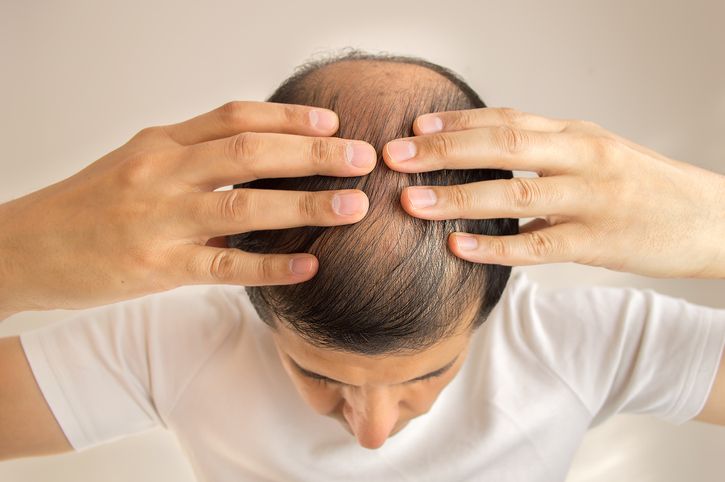
Pose inquiries. It's critical to understand how long you've experienced hair loss and whether it started out suddenly.
Take a close look at your nails, scalp, and any other areas of hair loss. This test offers critical hints about what's going on.
Check the condition of your hair. Your dermatologist can learn a lot about your hair's growth and breakability by gently pulling on it.
You might require a blood test or scalp biopsy if your dermatologist believes that a disease, vitamin deficiency, hormonal imbalance, or infection is the root of your hair loss. You can undergo these tests in your dermatologist's clinic.
Your dermatologist may occasionally require more details. If a person has multiple causes, this might be the case. For instance, a woman who gave birth to a baby a few months ago might be experiencing noticeable hair loss as a result. Also possible but less obvious is early hereditary loss in her.
Read More

7
Conclusion
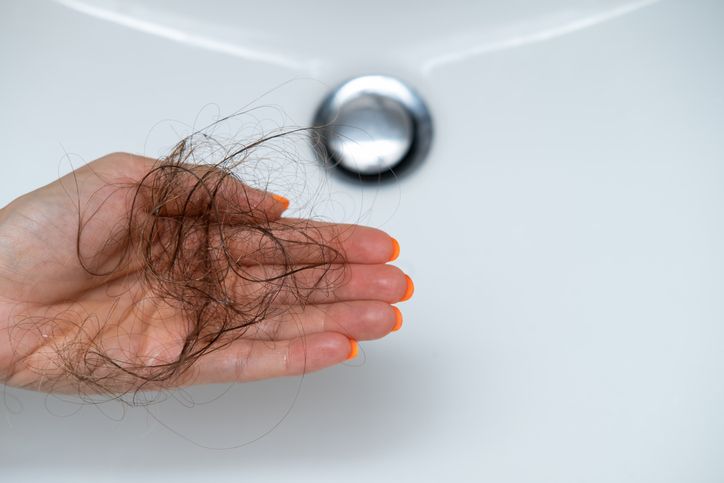
Losing hair can be really upsetting and finding the root cause and taking the appropriate treatment can help you to restore your hair. There are many different causes of hair loss, including baldness and significantly receding hairlines. When a health issue is appropriately handled, hair loss can occasionally be a side effect that has to be addressed and will go away on its own. It's crucial to visit a dermatologist if you have balding or thinning hair in order to determine the cause of the issue and the best way to stop hair loss or stimulate growth.
FAQ
When should I see the doctor?
In the event that you experience hair loss and you: When you feeling sick If you're a woman and you start noticing symptoms of hormonal imbalance like acne, a deeper voice, hair growth in odd places, or irregular menstrual cycles
How doctor's treat hair loss?
They treat hair loss by: Drugs to treat male and female pattern baldness can take 8 to 12 months to take effect. Hair transplants to transfer hair follicles from your scalp's hairy area to your bald area Or any other treatments mentioned above
Will my hair regrow normally following chemotherapy?
The primary cause of this is chemotherapy, which employs extremely potent chemicals to kill cancer cells but, regrettably, also targets healthy cells, including hair follicles. The excellent news is that hair typically grows back after treatment is over even if it may fall out for the first few weeks of your regimen.
Does using gels, mousses, or hairspray make you lose hair?
Your hair may become damaged if you use a hair product that you are allergic to, like a shampoo, or if you use a chemical-containing hair color. Overusing these products can also lead to problems because they tend to build up in your hair over time. As a result, your hair becomes split ends, dry, brittle, and stiff. They also can remove nutrients and essential oils from your hair, keeping it lubricated and healthy.

Book Now to Experience
F8 Hair Regrowth Treatment
1 Minute Self-Registration
Date should not be before minimal date
Recommended Articles
COPYRIGHT© NEW BEAUTY MANAGEMENT LIMITED 2025. ALL RIGHT RESERVED.


